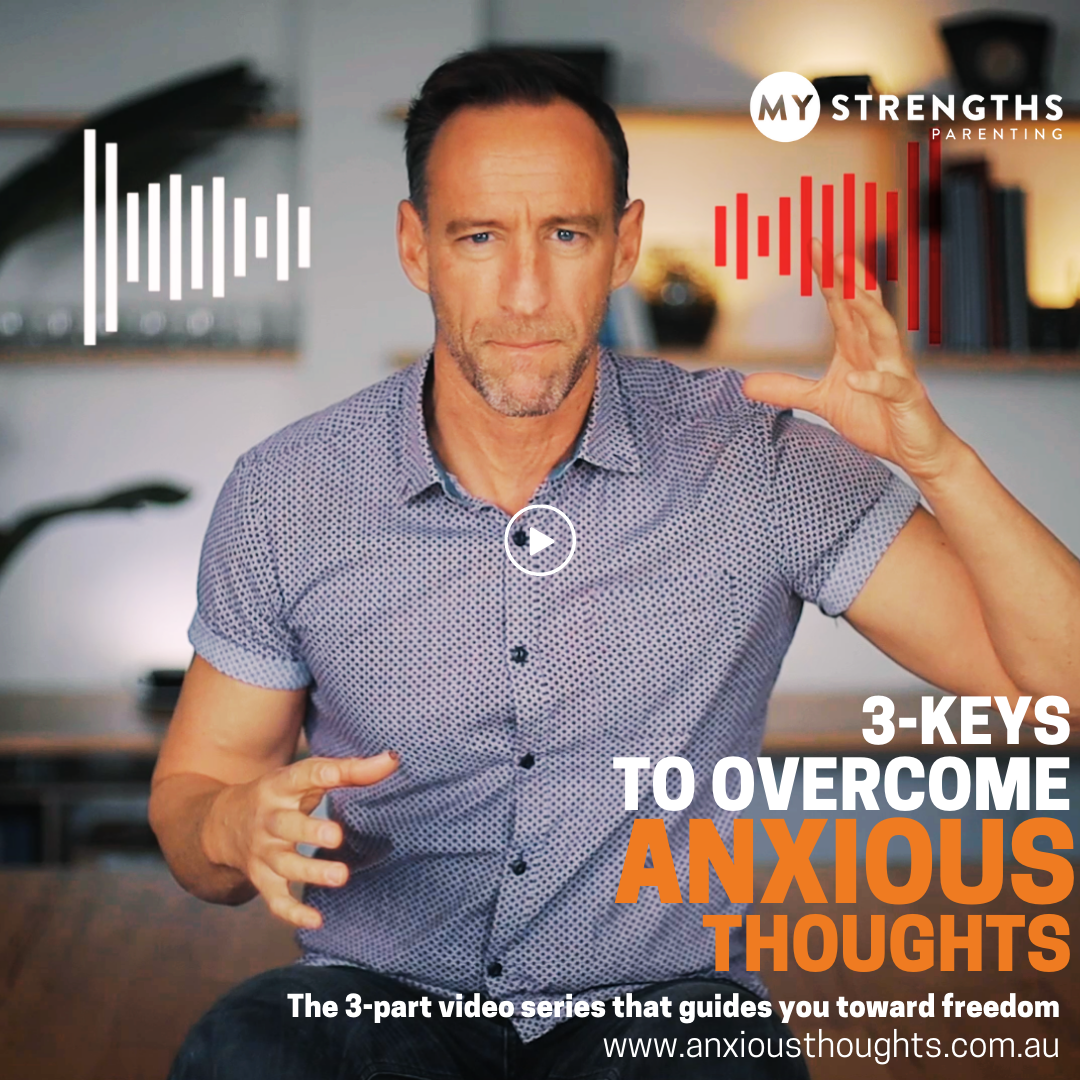There are a lot of reasons why invested parents are concerned about their teenagers’ video game addiction. Is it killing brain cells? Is it making him angry? Will he become a video game bum? Will there be any bandwidth left for my own Instagram addiction?
There are plenty of legitimate reasons why video games might stifle growth and health in teens, but there are also a few positives to consider.
An industry that is hard to ignore
The video game companies have grown a multi-billion dollar industry, and around 30% of internet users stream video game content each month. It has a growing number of users who are pushing for it to be recognised more broadly as “sport”, be it tagged as eSports, but still sport. And like most sports, Video Gaming has its own share of elite sporting “stars” earning multi-million dollar prizemoney and sponsorship packages (have you heard of Bugha, or PewDiePie? Yes, these guys are actually superstars). It has its share of household brand names, like Nintendo, Sega and Commodore 64 J, and even annual competitions in stadiums that fans pay good money to watch, much like a tennis Grand Slam or an Olympics. In 2019 alone, more than $215 million was awarded across more than 4,600 tournaments. More and more young people are aspiring to become one of these wealthy gaming elites and are committing thousands of hours of game-time to reach the highest echelon of eSport stardom. Like most sports, few will make it, though many will try.
But many parents are concerned that the hours committed to these video games is actually detrimental to the health, wellbeing and future of their teens. It feels like our young ones are wasting away when they should be doing something productive, like study or working a part time job getting “real life” experience.

STATS ON FORTNITE: one of the most-played games in the world
250 million Fortniteplayers in total (at March 2019)
3 million Fortniteplayers in August 2018 – the single-month record
Record for concurrent players stands at 8.3 million, recorded October 2018
Fortnitereached 100 million iOS downloads within five months
Newzoo found that 53% of Fortniteplayers were aged 10-25
So what’s good about video games?
Are there any positives that come of this gaming industry? Should we be banning the video games, protesting their existence and fighting the corporations who are making these games so-damn good that even a 14 year old with ADHD can be glued for hours?
Here are 3 reasons why video games may not be the devil (and further down, 3 reasons they might be):
1. Learning skills and mastery
Even from a young age, video games are actually really helpful for children to learn all kinds of skills. preschools and primary schools have switched onto the power of game-learning, realising that children can learn a lot while having fun. Online games can foster greater creativity and motivation in children who may not have otherwise engaged in other lessons. These games train a young brain with greater hand-eye coordination, solution finding skills and reward-for-effort.
As we get older, the games we like are more challenging and test the strategy and skill of adolescents. All games involve strategy and planning. They teach us what works and what doesn’t. In many ways, the game is teaching resilience – that failure isn’t the end of the road as I can reset and try again. And trying again means a new strategy and problem solving in a different way to overcome that stage/opposition/team.
Additionally, video games are teaching adolescents a sense of mastery, which is an important component of psychological health and well-being across the life-span. Gaining control and mastering a skill through applied effort is a healthy developmental outcome, and there are not too many opportunities for adolescents to see such a direct sense of achievement.
Video Games teach:
- Hand-eye coordination
- A sense of mastery
- Problem solving
- Strategizing
- Overcoming obstacles
- Reward for effort
- Some resilience
As much as we hate to admit it, video games can be an excellent teaching tool.
2. Progress
An important step in developing a growth mindset is helping adolescents set goals and hit them. They need to learn the Principle of the Path – that there are steps required to achieve a desired outcome, and that progress happens when we reflect on what worked and what didn’t work and we adjust in order to achieve. Games teach teens that progress is enjoyable and rewarding in itself.
Most video games are enjoyable to play because they provide instant feedback on progress. Games have built in milestones and celebrations for getting to the next level, or beating an opponent by a certain margin, or progressing through a tournament. They dangle desirable carrots with in-game rewards, like new weapons or granting access to faster vehicles, or special power ups. They have a way to make each individual player think that they are among the best in the world with messaging like, “you have opened up the secret level that only the best ever reach” or “you are 1 of 32 drivers” – and no teenager looks around the room for the other 31 drivers, they just believe it!
Through video games, adolescents are learning to take steps, to make an effort, and apply skills and strategies to make it to the next tier. This is where much of the addiction lies – that there is a mental threshold for me to pass, and I won’t stop till I’ve achieved it. Unfortunately, the game creators are smart and sneaky – new goal posts appear so quickly that there’s no time to rest and bask in our achievement, we must go again!
3. Socialising
One of the biggest protests against heavy use of video games is that it is anti-social. A mother recently told me, “I just want him to get out with his friends, have a good time and socialise! He just sits in the cave for hours and then emerges like an anti-social zombie who has lost all contact with the real world.”
What we don’t realise is that these days, most of the gaming platforms have been investing millions of dollars in creating virtual teams, where you can sign in with your friends, talk live inside the game, collaborate together on a mission or task, and celebrate the victory as a group. It’s more social than ever and has the potential to improve some relationships.
MATT, CASE IN POINT:
One of my counselling clients is on the Autism Spectrum and has a really hard time at school in face-to-face environments. However, he comes alive when he can log on with his gaming team, make plans together, laugh and joke during a live session, and apply skills that level the playing field for him. In fact, as one of the better players, he’s learning to be a leader in his group, and it has really grown his self esteem and confidence. This renewed confidence has even spilled over into what we might call “real life” relationships where those at school have caught wind of him being an online whizz.
He could argue that video games have been a real win for his development.
So as a good parent, should I be wary or concerned?
In 2019, a Sydney man assaulted his pregnant partner while live streaming a video game, gaining worldwide headlines. The whole thing was captured on his own camera, and he was charged for domestic violence. This created a huge uproar against the use of the world’s most popular game, Fortnite, solidifying many parent concerns that video games are making us more violent and anti-social. Our concerns around video games are varied, and many of us have personally experienced the downside of too much screen time and video game addiction.
So while there are some learning opportunities and benefits to the use of video games among adolescents, we would be foolish not to consider some of the downside. Here are the 3 main reasons why video games may not be helpful.
1. Practiced violence
Let’s get the big one out of the way first… Parent concerns are raised everytime there is a US school shooting where it comes out that “hours of game-play have taught this young man how to think and act like a violent military elite. He became numb to violence and it was not a big leap from screen to reality”.
Truth be told, not even 99.9% of teenagers will turn on-screen violence into real-life violence. Most know the difference between the game world and the real world. However, there are significant scientific studies that indicate that the use of on-screen aggression and violence can have a marked affect on the user. The official journal of the American Academy of Paediatrics states,
“The vast majority of laboratory-based experimental studies have revealed that violent media exposure causes increased aggressive thoughts, angry feelings, physiologic arousal, hostile appraisals, aggressive behaviour, and desensitization to violence and decreases prosocial behaviour (eg, helping others) and empathy.”
Certainly, some of us have witnessed a spike in aggression, rudeness and anti-social behaviour after screen/game time. But perhaps the greatest concern for parents is around the desensitization toward other people’s suffering and pain. Again, from the AAP,
“Violent media can desensitize people to violence, making them less sensitive to the pain and suffering of others. Desensitization is a normal and protective phenomenon that occurs automatically over time in response to difficult experiences, such as soldiers killing enemies in war and surgeons performing operations. In the case of desensitization to media violence, the process is likely gradual and unconscious, occurring as a result of repeated presentations of violence as necessary, justified, and fun.”
Perhaps the take-home message from the Academy of Paediatrics is that the type of video game can make a big difference in whether it is helpful or harmful.
2. Long game play may lead to depression
Nottingham Trent University and the University of Oulu Finland did a study on video games and the affects on adolescents. One of the findings is that videogame addiction can significantly increase depression and anxiety. This has multiple causes, from a lack of physical movement from sedentary game-play, to being in a dark, isolated space for hours at a time. There is also the affect on the brain after gaming is finished, a somewhat come-down affect from the spike in dopamine and adrenaline, as they re-enter real-life relationships and environments.
Key researcher, Dr Halley Pontes, states that “it is important that our findings are used to inform both mental health professionals and the public about what videogame addiction is and how it can (negatively) affect our health.”
If we notice symptoms like withdrawal, increasingly down, irritable and depressed, it may be time to reassess the way we do video gaming in the home.
3. Taking over other life interests
The mission of most parents is to lead children to becoming healthy and balanced adults. We want them to find work they are passionate about; to feel engaged and motivated in their pursuits; to be physically healthy and vibrant. One of the dangers of high use video gaming is that the games are definitely addictive and can take over other life interests.
It is not uncommon for a teenager to barge through the front door after school, throw the bag in the corner and put the computer on. And there they can sit for hours, disengaged in family relationships, annoyed when dinner interrupts, and dismissive of homework, chores or other responsibilities. Video game addiction is real.
The World Health Organisation (WHO) announced it would soon list gaming addiction as a recognised mental health condition. In its draft classification, they defined gaming addiction as,
“a pattern of persistent or recurrent gaming behaviour, manifested by gaming taking precedence over other life interests and daily activities and continuation or escalation of gaming despite the occurrence of negative consequences.”
When gaming starts to take over other life interests, it may be time to take action.
So how do I set healthy boundaries?
Video game sport is different to other outdoor play and competition. Where teens will physically tire and get bored of outdoor sport, video games are created to be addictive and all-encompassing, with many teens admitting to sessions of over 6 hours at a time. The key for parents is to work out what is healthy and balanced, and then setting boundaries accordingly.
1. Know what they are playing
There’s plenty of content in video games that is not for kids. Virtually everyone agrees on that, and there’s an industry-created ratings system in place to help parents decide which games are appropriate and which ones aren’t. The rating system can be helpful, but nothing beats actually sitting down and being involved in the action.
One parent came to me shocked that her son was playing a game where he could kill police officers, hire (and subsequently kill) prostitutes and perform any number of other unsavory acts – all in what she thought was a car game! (NOTE, Grand Theft Auto is not a racing game)
As much as your teen will hate you watching on or even joining the competition, ask him if he would rather the occasional audience or not play at all?
2. Agree on time limits
The key word here is “agree”. One of the greatest skills of parenting teens is the art of negotiation. Ask how long they think they should play for. Don’t settle for an unclear answer. Boys will try to avoid being locked into a time, so they’ll shrug and give vague answers, like “after a while” or “when I’m done”. But insist on an answer and then negotiate.
Lots of parents restrict game play to weekends only, perhaps including Friday night as a reward night. Others will offer it as an incentive for homework done, or a trade for helping with the dishes. The key is clarity. And defining the finish time. If you don’t, you will end up at midnight with a teen still glued to the screen and another hour before their brain can wind down for sleep.
3. Count down till the end
Having a visible timer will help everyone know that game time is nearing the end. And when the timer has gone off and he asks to “finish the level” or “just 2 more minutes”, that’s the moment to sit right next to him and watch along until the end of his requested extension.
And when you do sit and watch, it’s a chance to connect. Don’t drive a wedge by criticising the game choice or huff about the “waste of time”. Ask questions! Offer some encouragement! Show some interest. After all, there could be a few positives come out of it if his brain really is learning, growing and solution finding.
We’d love to hear your strategies and learnings! Why not add a comment or share with other parents and educators through our Facebook group page.








